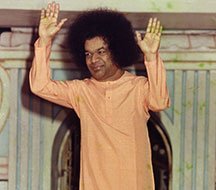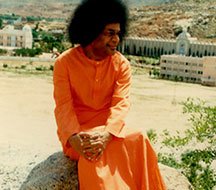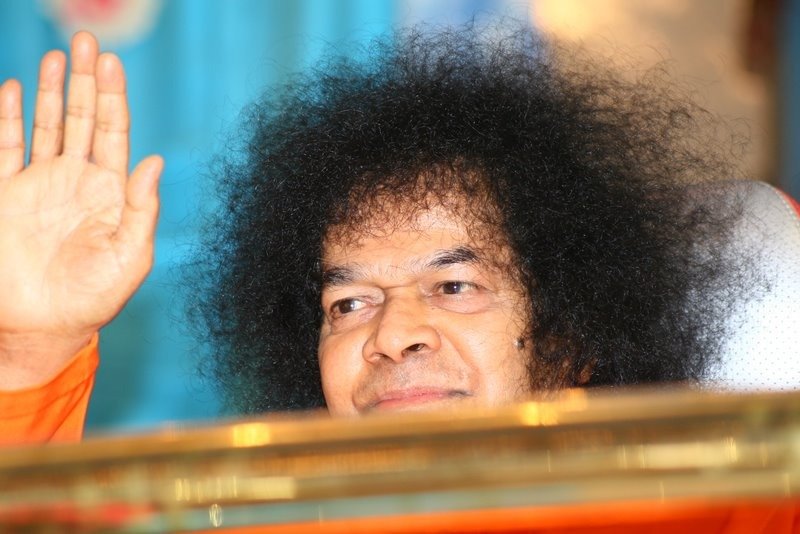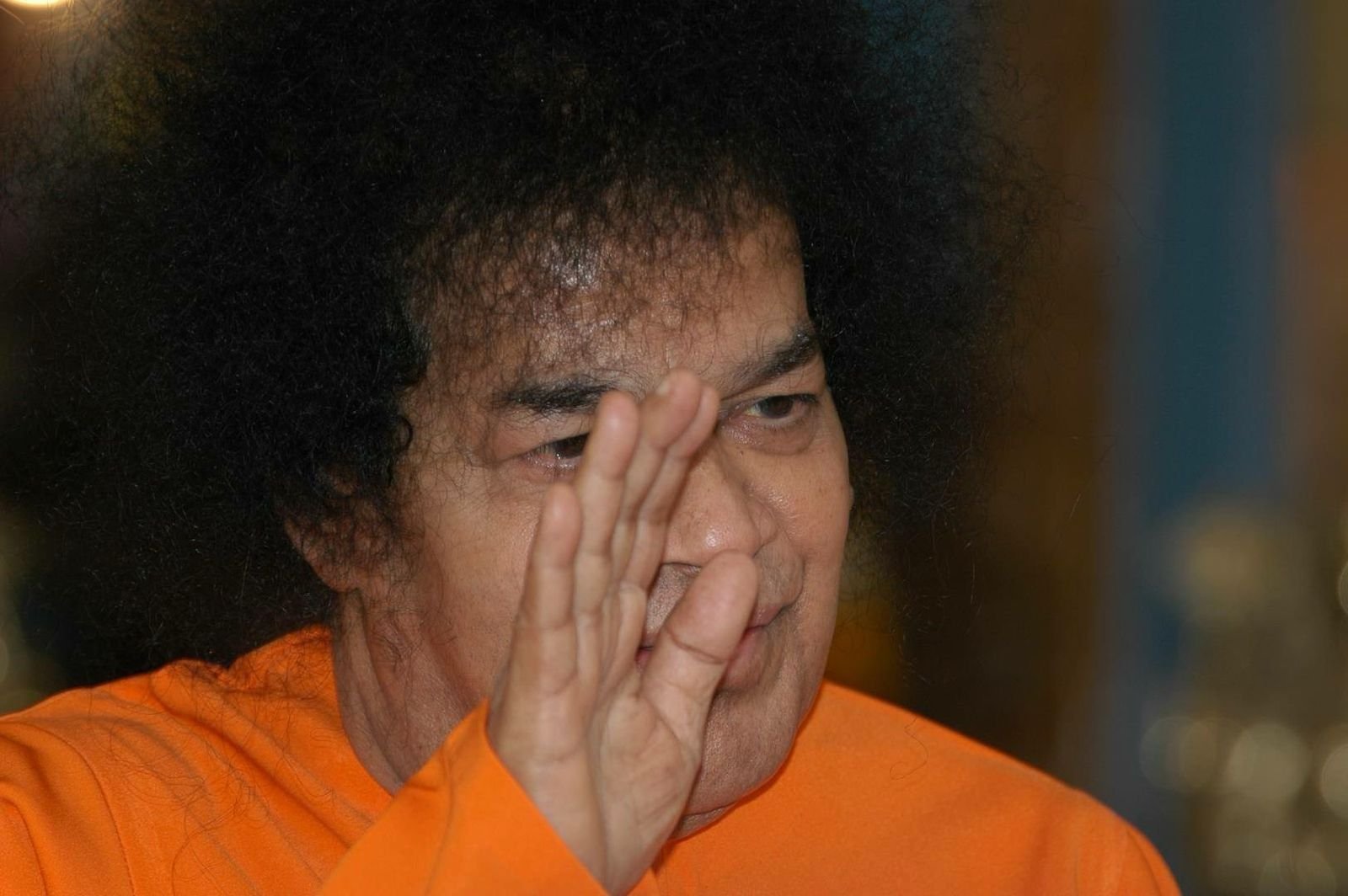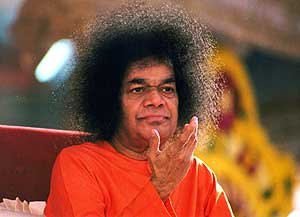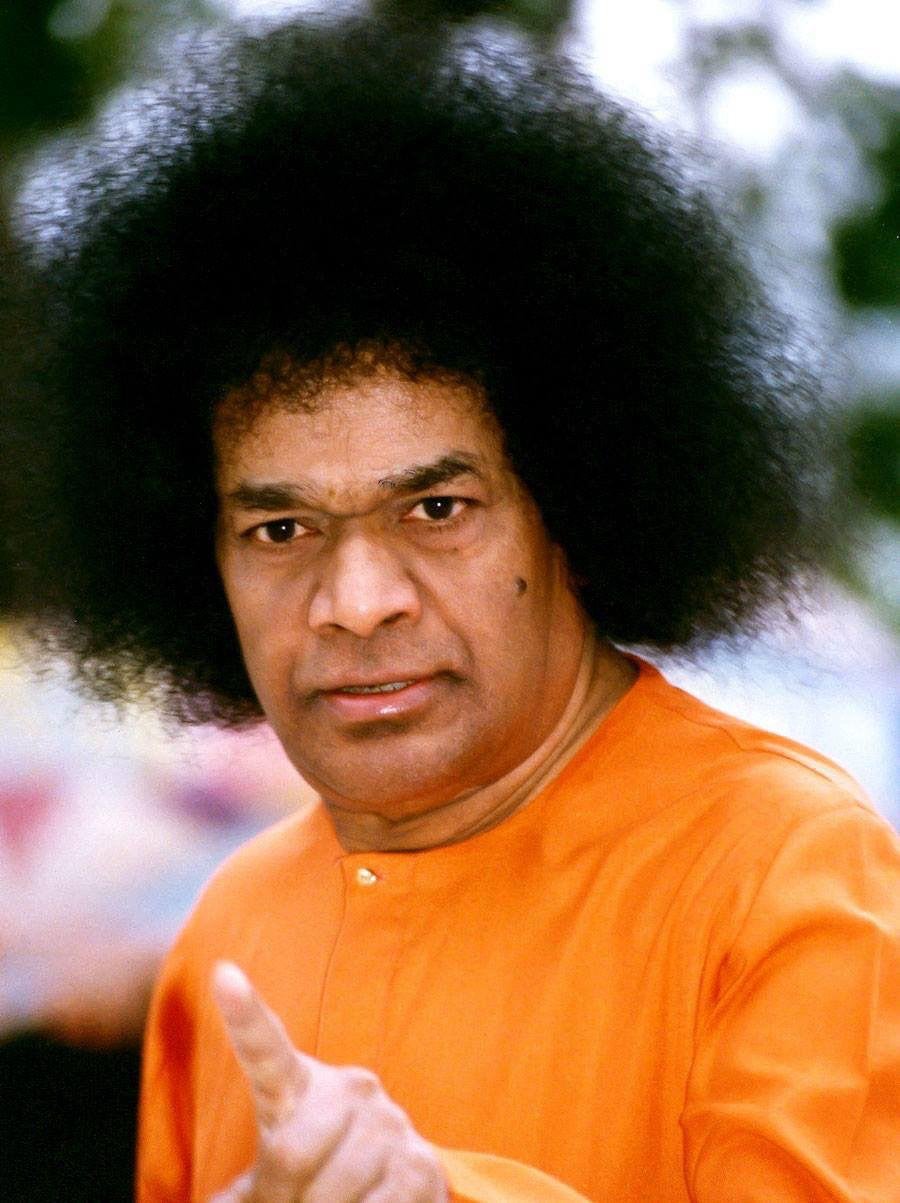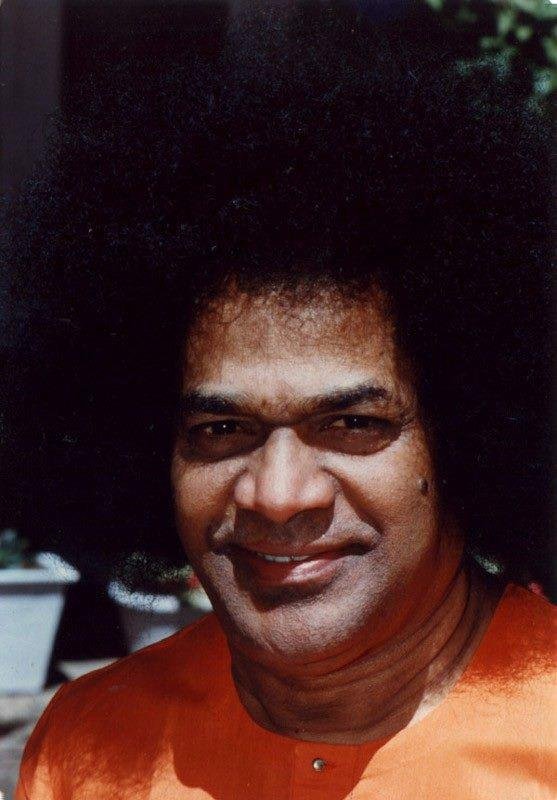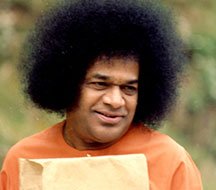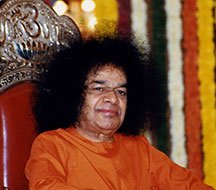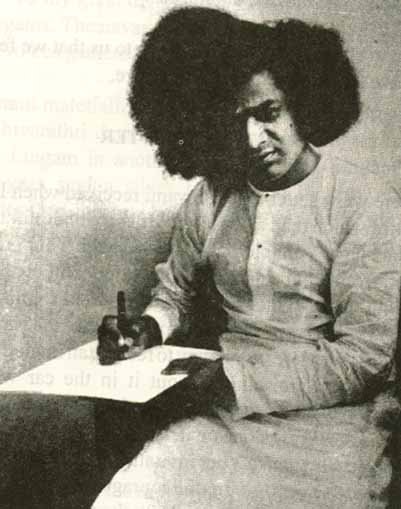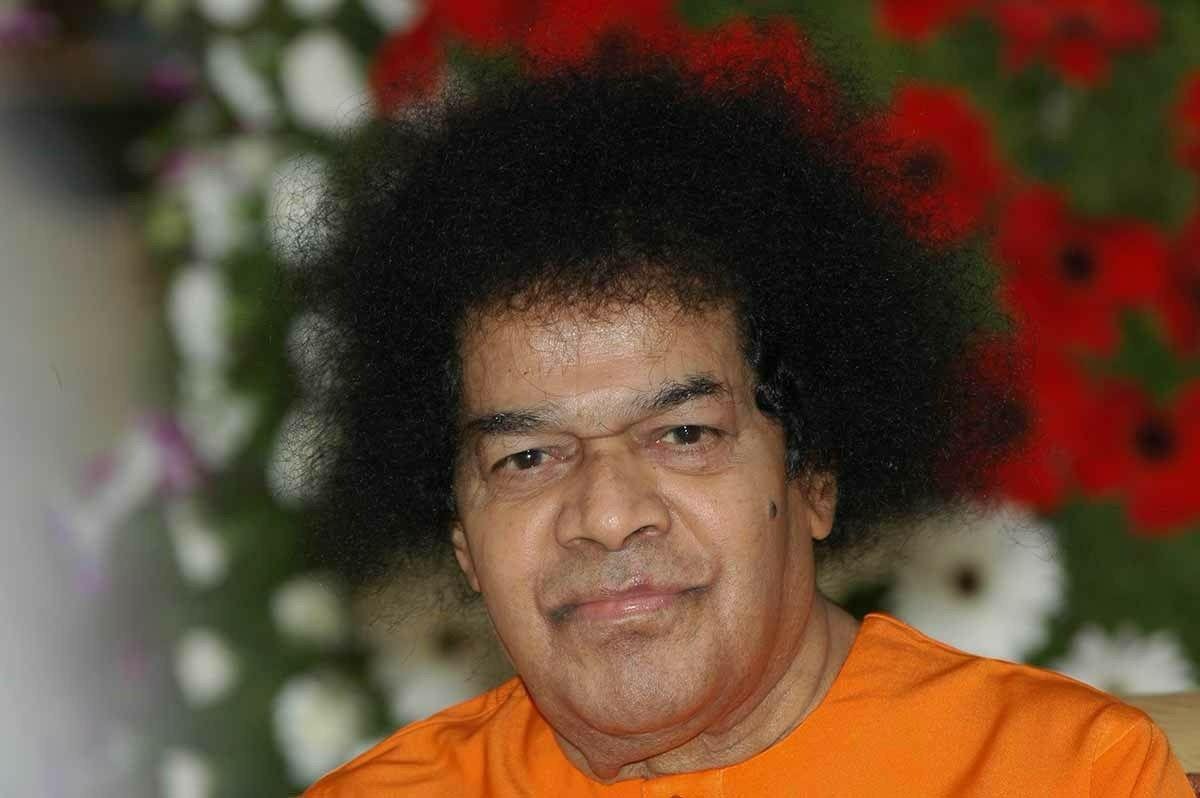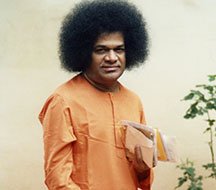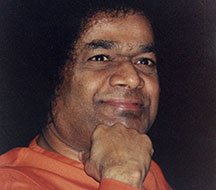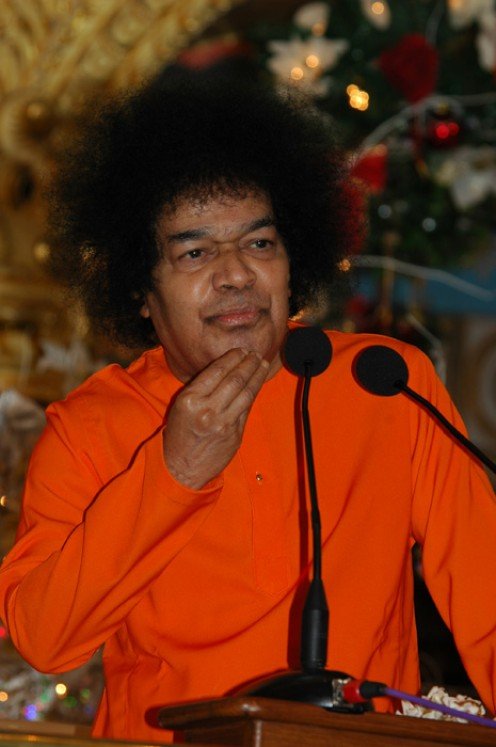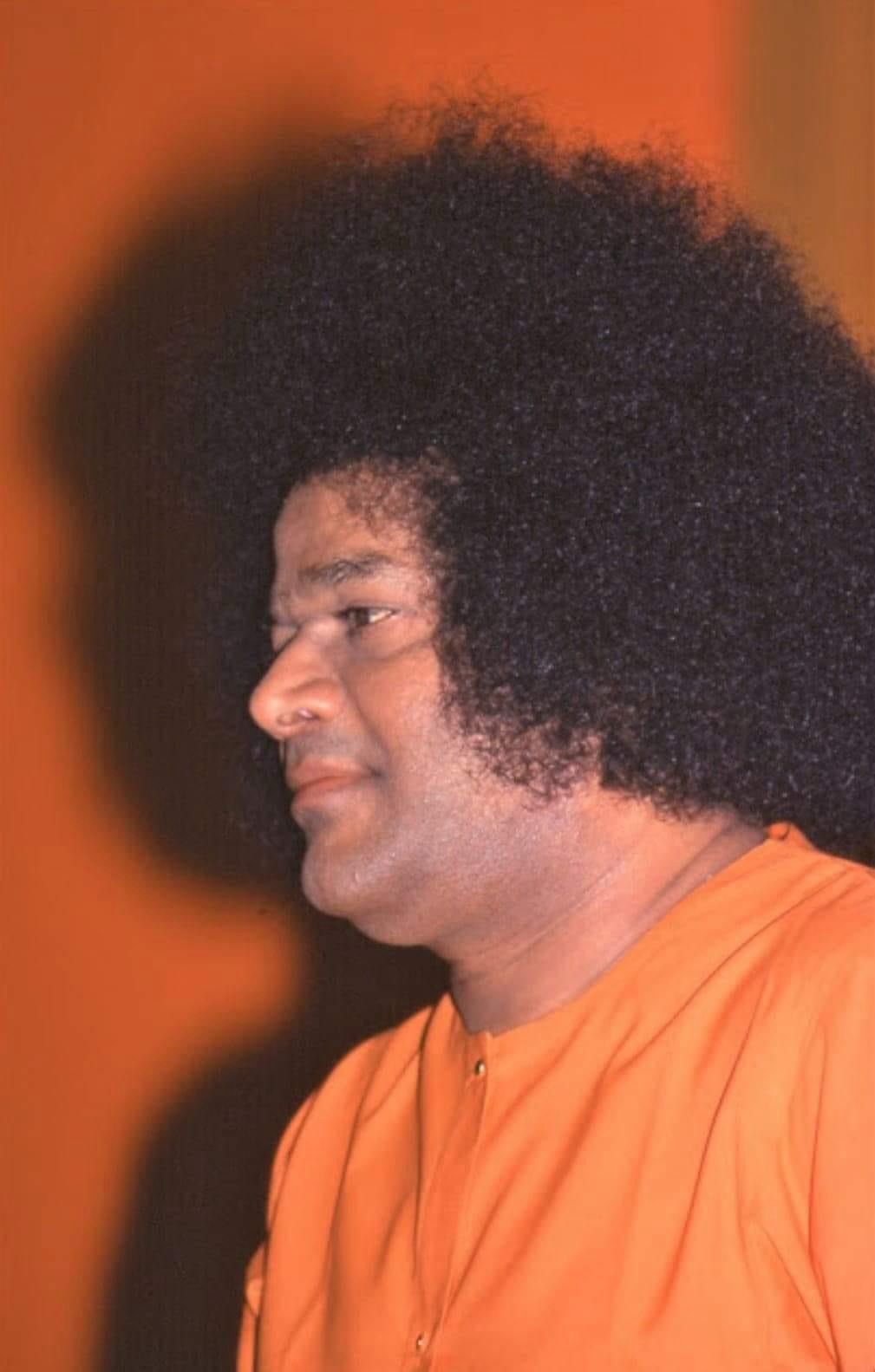
the temple holds immense spiritual value for millions. The name “Sankat Mochan” literally means “Reliever of Troubles.”



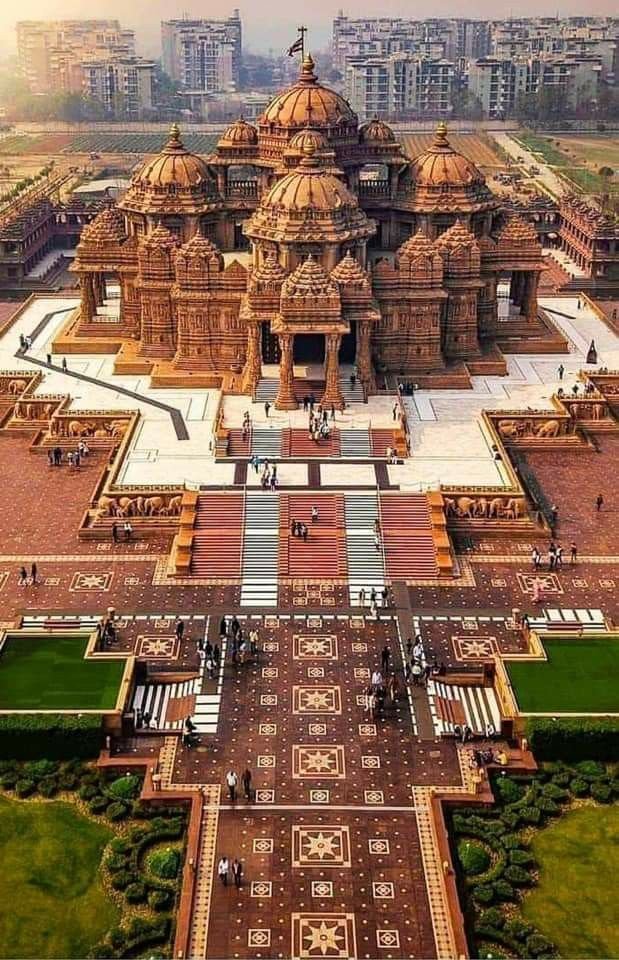


Architecture of the Temple

The Shri Ram Mandir is a stunning example of Nagara-style architecture, reflecting the grandeur of ancient Indian temple-building traditions. Designed by renowned architect Chandrakant Sompura and his team, the temple follows the principles of Vastu Shastra and Shilpa Shastra, ensuring divine alignment and structural harmony.
Crafted from premium pink sandstone from Bansi Paharpur, Rajasthan, the temple is built without using any steel or iron, symbolizing purity and timelessness. The structure features:
- Three floors, each intricately detailed
- Five ornate mandaps including Nritya Mandap and Sabha Mandap
- 392 finely carved pillars and 44 intricately designed doors
- A majestic shikhar (spire) rising 161 feet high
The Garbhagriha (sanctum sanctorum) houses the idol of Ram Lalla in his divine child form, exuding serenity and divinity. The temple complex also includes Yagyashala, spiritual centers, museums, and pilgrim amenities, making it one of the most iconic temples of modern India..
The temple premises also house idols of Lord Rama, Sita, and Lakshman, forming a spiritual Ram Darbar.
Open prayer halls and peepal trees add to the serene devotional environment…
How to Reach to Temple
📌 Location:
Shri Ram Janmbhoomi Mandir, Ramkot, Ayodhya, Uttar Pradesh – 224123
🚗 By Road:
- Well connected to Lucknow (135 km), Prayagraj (170 km), Varanasi (200 km).
🚆 By Train:
- Ayodhya Dham Junction – approx. 2–3 km from temple.
✈️ By Air:
Flights available from major Indian cities.
Maharishi Valmiki International Airport, Ayodhya – 10–12 km away.
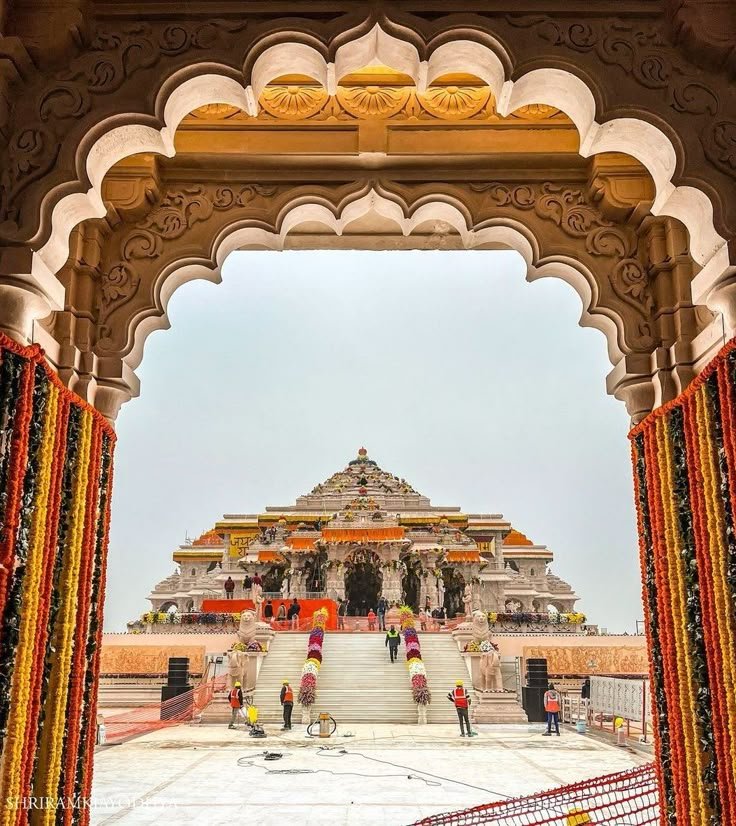
Temple Timings



